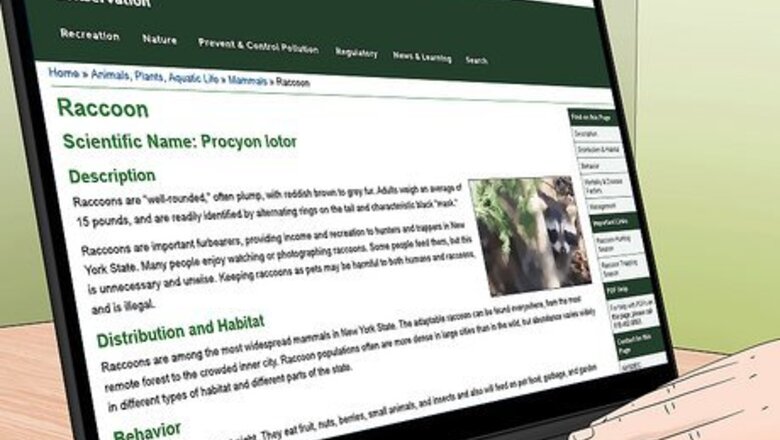
views
Legal Considerations
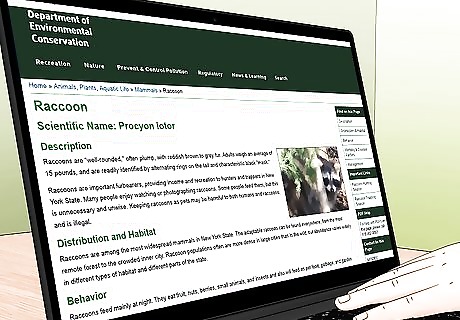
Check to see if raccoons are a protected species where you live. You are normally not allowed to kill a raccoon the way you might kill a wayward mouse that sneaks into your home. Check with your city, state, and county’s wildlife departments and their departments of environmental conservation. They’ll outline whether you’re allowed to kill a raccoon or not. You can typically find this info online, but call each department individually if you can’t find the info. In some cities, states, and counties, there are no protections for raccoons. You really have to check to see what your local laws are, though. There are normally laws surrounding the catching of raccoons; depending on where you live, you may not be allowed to trap it, let alone kill it. This is not an empty warning—people can, and have, been fined and sent to jail for killing raccoons where it’s illegal.
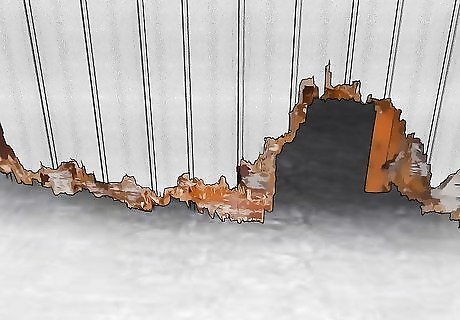
Determine if there’s a property-damage statute that allows exceptions. If you live in a place where raccoons are protected but a raccoon is trying to get into your attic or ripping off siding, check to see if there is a lethal exemption in cases of property damage. Many jurisdictions have exceptions to their wildlife protection laws if the raccoon is actively damaging your property. If you live in an area where this is the case, don’t kill the raccoon if it isn’t in the process of disturbing your home or vehicle. Depending on where you live, you may need a special “nuisance permit” to kill a raccoon that’s damaging your property.
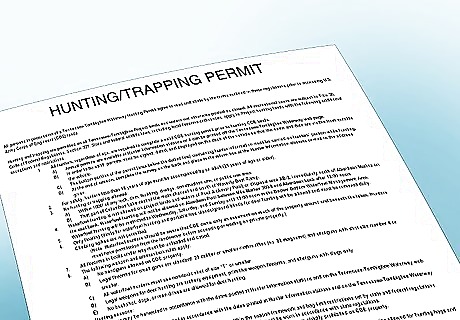
Apply for a hunting or trapping license if necessary. It might sound silly to you, but you may need to apply for a hunting or trapping permit/license if you live in an area where raccoons are considered game. Raccoons are fur-bearing animals, and hunters often track and kill raccoons to harvest their pelts. Contact your local wildlife department to submit an application for a hunting license to kill raccoons if a permit is required where you live. If you’re wondering, “Do I really need a hunting license to kill a raccoon that’s hanging out in my backyard?” If you live in an area where you need a permit to hunt raccoons, the answer is probably “yes.” A protected animal is a protected animal, and it may not matter where the animal is in proximity to your home depending on where you live.
Lethal Options
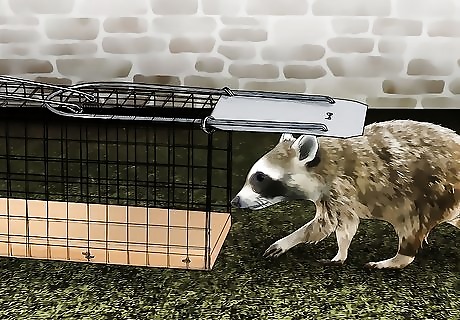
Trap the raccoon in a humane live trap before killing it. If you really want to kill the raccoon and you’re legally free to do so, you must trap it first. Purchase a one-way, no-kill trap that’s large enough to hold a raccoon and set it up in the area where the racoon was last spotted. Check the trap every 24 hours—if you catch anything other than a raccoon, you’ll have to let it go. In most states, you are legally obligated to check live traps at least once every 24 or 48 hours. If you aren’t sure about your state, assume you have to check it every 24 hours just to be safe. You are not allowed to release raccoons once you catch them in most jurisdictions. If you catch it, you must kill it. You can try attracting the raccoon with some food scraps, but that’s also likely going to attract birds, squirrels, stray cats, and other wildlife.
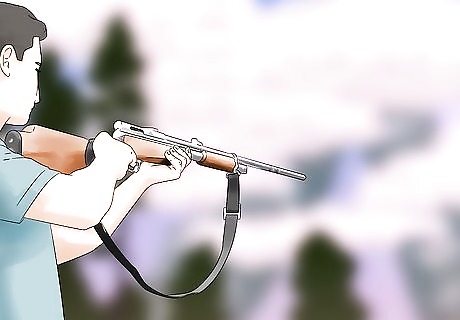
Shoot the raccoon through the head with an air gun. Shooting a raccoon is probably the most humane option. Get a small game air gun designed for hunting (you can use a standard gun if you’re licensed and it’s legal where you live, but you might scare the neighbors). Once you catch the raccoon, aim carefully at the raccoon’s head, wait for it to stop moving, and drive a round through its head. You typically do not need a permit for air guns, but look your local laws up just to be sure. As violent as this may sound, it’s probably the fastest, cleanest way for you to kill the raccoon without prolonging its pain and suffering. You can use a crossbow if you prefer.
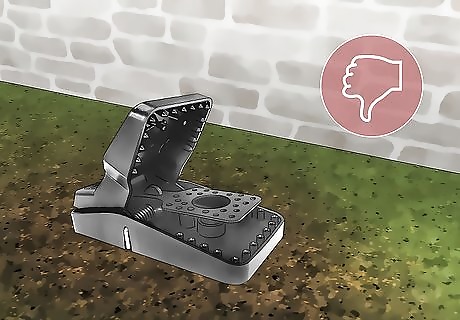
Avoid instant-kill traps even if they’re legal where you live. Instant-kill jaw traps are legally allowed in some areas, but it’s a very risky proposition. For one, they may not kill the raccoon instantly and you could end up seriously causing the animal a prolonged period of pain. Also, there’s a chance that you accidentally kill or maim a squirrel, cat, dog, or some other animal. Instant-kill traps are illegal in most jurisdictions. Even if they aren’t illegal where you live, you normally need a special permit to purchase and set up one of these traps. There are instances of animals chewing their own limbs off to get out of these traps. It’s just not a humane way to go about killing a raccoon.
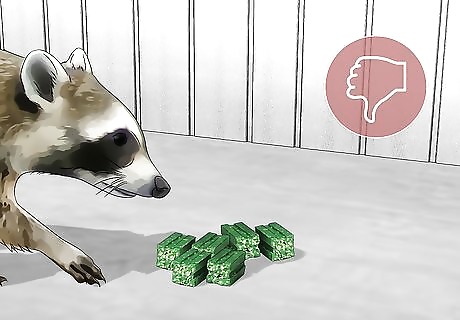
Avoid poisons, since they’re cruel, ineffective, and dangerous. Setting poison out for a raccoon may feel like an intuitively humane way to go about dealing with a raccoon, but it’s not. Any raccoon poison on the market will cause prolonged suffering for the animal. On top of that, there’s no way to ensure that some other wildlife doesn’t get to the poison as well. It is also illegal in most jurisdictions to leave animal poison out in the open for any wildlife to get at. Animal control departments will use lethal injections and CO2 chambers to euthanize a raccoon, but you don’t have access to any of those methods. The over-the-counter poison you can buy is not nearly as fast-acting or potent as the industrial-strength stuff.
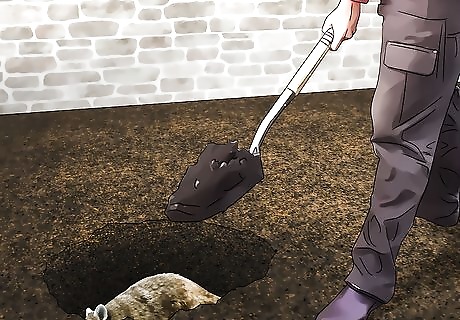
Bury or burn the carcass after you kill the raccoon. Check your local laws first to see if there are specific regulations for carcass removal. Most jurisdictions instruct you to bury or burn a dead raccoon, though. Wear thick gloves, goggles, long-sleeved clothing, and a dust mask, and discard anything that touches the carcass directly. You can bury it in your backyard or burn it in your fire pit. Raccoons are disease vectors. Do not handle the raccoon directly and discard anything you use to move the carcass. Clean and disinfect the trap and any tools you use with a 10% chlorine bleach solution (1-part bleach and 9-parts water) before discarding it.
Nonlethal Removal
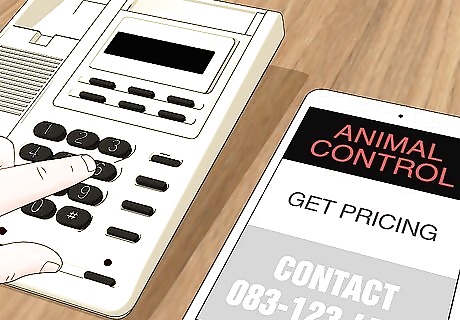
Contact animal control to remove the raccoon. Contact your local animal control department and report the raccoon. They may capture and relocate the raccoon for you. Unfortunately, some animal control departments will only come to remove a raccoon if it appears sick. If you see any odd behavior or the racoon is foaming at the mouth and/or mangey, animal control will handle it for you. Rabies is the main concern since a rabid animal can transfer the disease to pets or people. If a raccoon has rabies, it may act lethargic, aggressive, confused, or unusually friendly. It may also have discharge coming from its eyes or mouth, or have matted fur on their face. If animal control will only help if the raccoon is sick, you could always say you saw the raccoon “behaving strangely” or something like that when you call it in. This might incentivize them to show up and remove it. Under no condition should you get close to a sick raccoon.
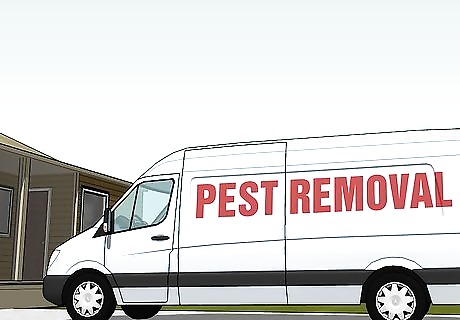
Hire a pest removal specialist if animal control won’t help. If animal control won’t help, this is 100% the best way to go. Contact a pest removal contractor who has experience with raccoons (you may need to call around a bit). Hire them to get rid of the raccoon for you. They’ll also be able to identify and fix whatever was causing the raccoon to show up in the first place! If the raccoon is easily accessible, it should cost $175-450 to remove it. If it’s hiding in your walls or roof though, it can cost up to $1,500 depending on how difficult the removal is. If the raccoon is tucked in your attic or walls, ask the specialist to install a one-way gate. The raccoon will be able to leave on its own accord, but it won’t be able to get back in!
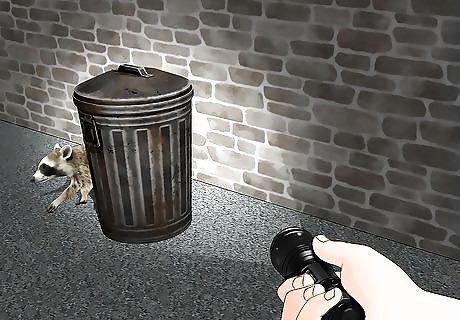
Scare it off or wait if the raccoon isn’t bothering you. If the raccoon is just digging in your trash or hanging off of your bird feeder, scare it off. Shout at it, bang some pots together, and/or shine a flashlight at it. The raccoon should run off and avoid coming back. Raccoons are smart, and if they know they’re not welcome in someone’s yard, they’ll find somewhere else to go.
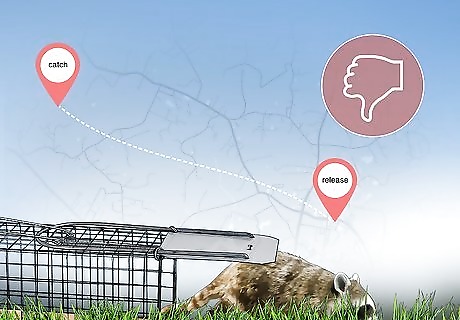
Do not attempt to trap and release the raccoon elsewhere. This might seem like a logical thing to do, but it’s almost universally illegal. You cannot catch and release a raccoon. They often spread rabies and other diseases, and while it seems like a reasonable, humane thing to do, you may be inadvertently spreading parasites or infections by trapping and relocating a raccoon. You are not typically allowed to release a raccoon if you catch it at all—even if you relocate it. It’s usually mandatory to put down any captured raccoons. John Hadidian John Hadidian, Director of Urban Wildlife Programs When wild animals like raccoons become a nuisance, it's important to remember they're just following survival instincts, not intruding out of malice. Before considering lethal measures, try humane options like securing trash, using repellents, and sealing off entry points to dissuade them. Compassion for these smart, adaptable creatures should guide us. Consider non-lethal alternatives that promote coexistence.
Prevention
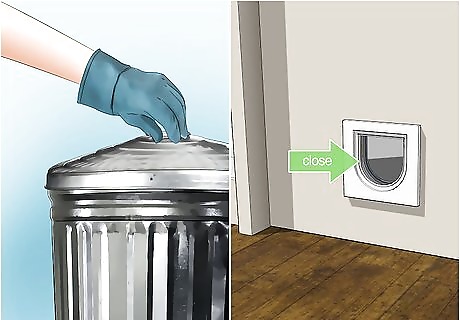
Close garbage lids and feed pets indoors. If you keep your trash outside, consider bringing it indoors to your garage if you have one. If you have to keep the trash outside, make sure that you keep the lids totally secure at all times. Raccoons are attracted to food scraps, so securing the trash is key if you want to deter any local raccoons. Raccoons are attracted to outdoor pet bowls—especially if you leave food out all day for an outdoor cat or dog. Always feed your pets inside if you can. If you do need to keep garbage cans outside, consider leaving an inexpensive radio on inside of the can (you can tape it to the lid). Alternatively, you can install a motion-sensor light outside just above your trash cans. If you have a swimming pool, cover it when you aren’t using it. Raccoons tend to be attracted to open water.
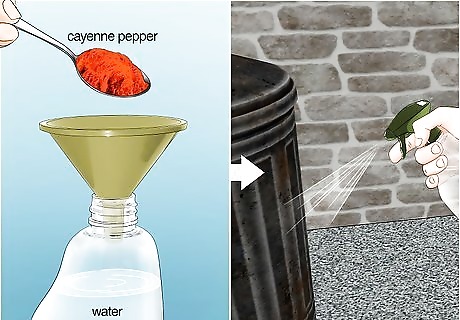
Try spraying cayenne pepper and water, or ammonia to deter raccoons. Fill a spray bottle or a small bowl with water and mix in a few spoonfuls of cayenne pepper. Spray the area around your trash, bird bath, or wherever else you’ve spotted raccoons. You can also leave out a small dish full of ammonia if you prefer. This should keep the raccoons from getting too close. You can also try 1-part water and 1-part apple cider vinegar if you prefer. Raccoons seem to avoid this odor as well.
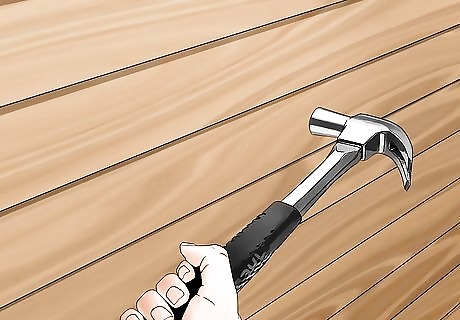
Repair any gaps or openings into your home. If you’ve had problems with raccoons getting inside, seal up the area wherever the raccoons are getting in. If you’re missing strips of vinyl siding, repair them. Chicken wire and mesh screens can cover large spouts, or exhaust pipes. If there’s any hole in your drywall or stucco, have it patched. Blocking the openings into your home is the best way to deter raccoons from getting inside. Do not do this when the raccoon is inside your walls, and confirm that there are no baby raccoons even if the raccoon is gone. If they’re still inside, call a pro.


















Comments
0 comment